Tired of Tired-Looking Eyes? A Real-Talk Guide to Smoothing Things Out
Let’s be honest, the conversation around eye wrinkles can feel a little… intense. I’ve seen it time and time again. People come in worried about those first few lines at the corners of their eyes, often called crow’s feet, thinking they make them look exhausted or older than they feel. My first move is always to take a deep breath and reframe this. Those lines are signs of a life full of smiles, laughter, and squinting into the sun. The goal isn’t to erase your life story, but to keep your skin healthy so it looks and feels its best through every chapter.
In this article
First off, you need to know that the skin around your eyes is special. It’s the thinnest on your entire body, only about 0.5 millimeters thick. Compare that to the skin on your cheeks, which is a hefty 2 millimeters. This delicate area, known as the periorbital region, also has very few oil glands, which means it gets dry and damaged much more easily. Right underneath, you have a circular muscle that contracts every single time you blink, smile, or squint. Oh, and by the way, did you know you blink around 20,000 times a day? That’s a whole lot of work for that tiny patch of skin, so it’s no surprise it’s one of the first places we notice changes.
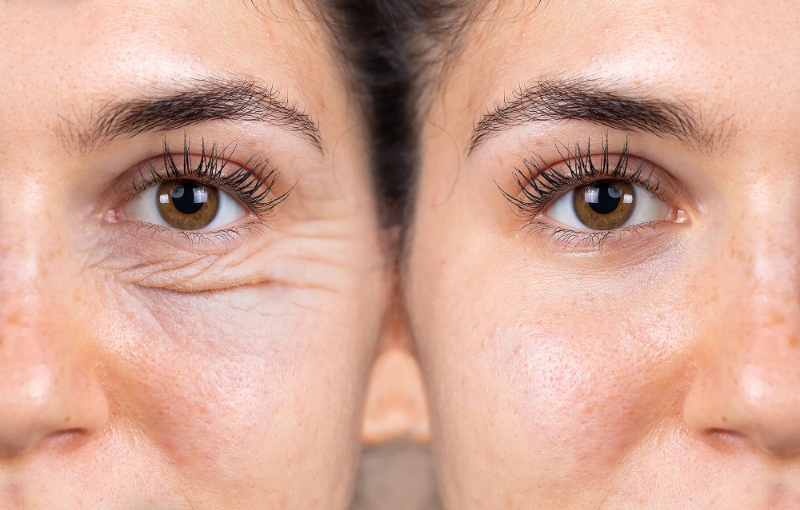
Why Those Little Lines Show Up
To really get a handle on eye wrinkles, you have to know what you’re up against. Wrinkles generally fall into two camps: dynamic and static. Dynamic lines are the ones that only pop up with movement, like when you’re laughing hard. Static lines are the ones that stick around even when your face is totally relaxed. Over time, those dynamic lines can settle in and become static. Here’s a peek at the science behind it.
The Collagen & Elastin Situation
Think of your skin’s inner structure like a new mattress. Collagen provides the firm support, and elastin is the springiness that makes it bounce back. As we get older, our bodies just don’t produce as much of this good stuff. At the same time, things like sun exposure and pollution unleash damaging little molecules called free radicals that chew up the collagen and elastin we already have. The result? That mattress starts to lose its bounce and develops creases.
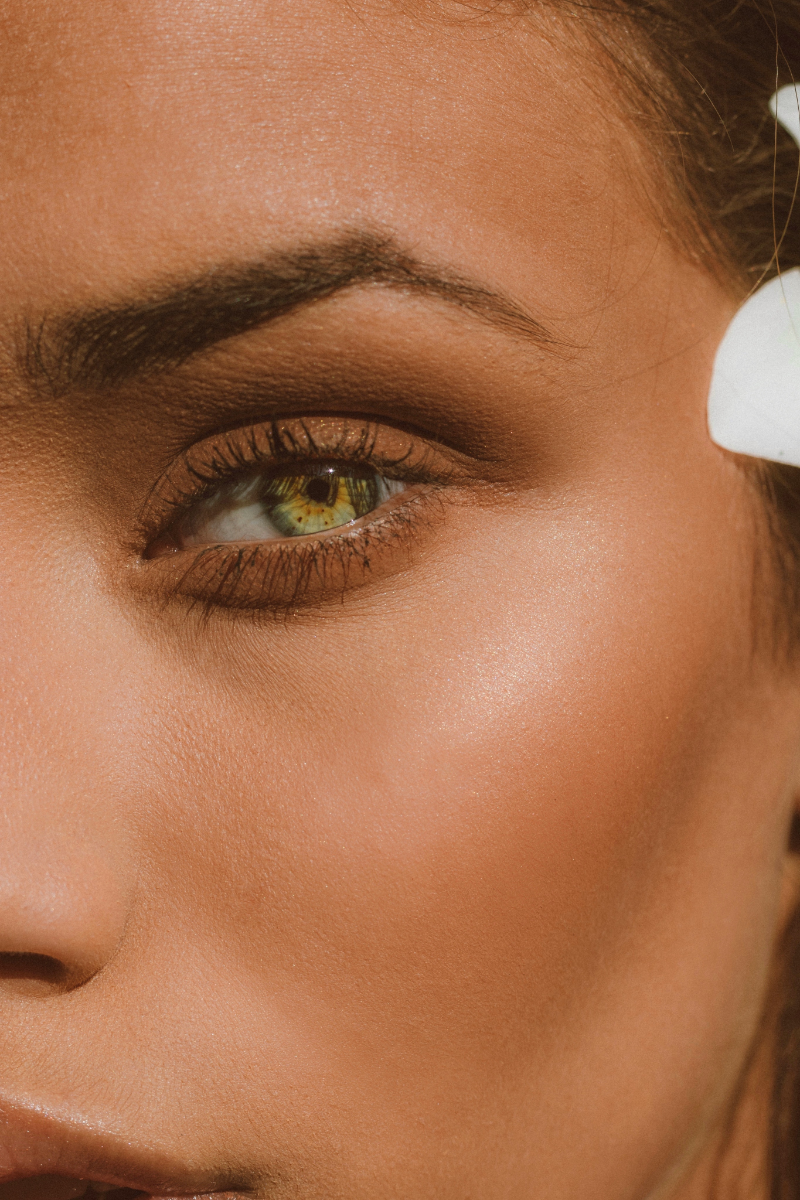
The Muscle Connection
As we mentioned, that powerful muscle around your eye is constantly folding the skin in the same spots. When you’re young, your skin is loaded with elastin, so it snaps back into place instantly. As that elastin supply dwindles, the skin doesn’t bounce back as well. A crease starts to form, first as a fine line, and eventually, it can become a deeper, more permanent wrinkle.
The Sugar Factor (Yes, Really)
This is the one most people don’t see coming. When you eat a lot of sugar, those sugar molecules can latch onto the proteins in your skin—including collagen and elastin. This process, called glycation, makes those bouncy, flexible fibers become stiff and brittle. They can’t support your skin properly anymore, which speeds up the aging process. It’s the scientific reason why a diet packed with sugar and processed foods can show up on your face.
Your First Line of Defense: The Non-Negotiables
Before you even think about fancy creams or treatments, getting these foundational habits right is the best investment you can make. Seriously, these are non-negotiable for long-term skin health.

1. Get Serious About Sun Protection
If you only do one thing, make it this. Sun damage is behind up to 80% of the visible signs of aging. You need a broad-spectrum mineral sunscreen with at least SPF 30 every single day. Rain or shine. Indoors or out. Mineral formulas with zinc oxide or titanium dioxide are usually a better bet for the sensitive eye area because they physically block rays and are less likely to cause stinging than chemical sunscreens.
You can find fantastic mineral options from brands like EltaMD or La Roche-Posay, often in the $30-$40 range, but drugstore heroes from CeraVe or Neutrogena also offer solid protection for under $20. When you apply it, use your ring finger to gently tap—don’t rub!—the product around the bony part of your eye socket. And a great pair of UV400 sunglasses and a wide-brimmed hat aren’t just accessories; they’re essential tools that stop you from squinting all day.
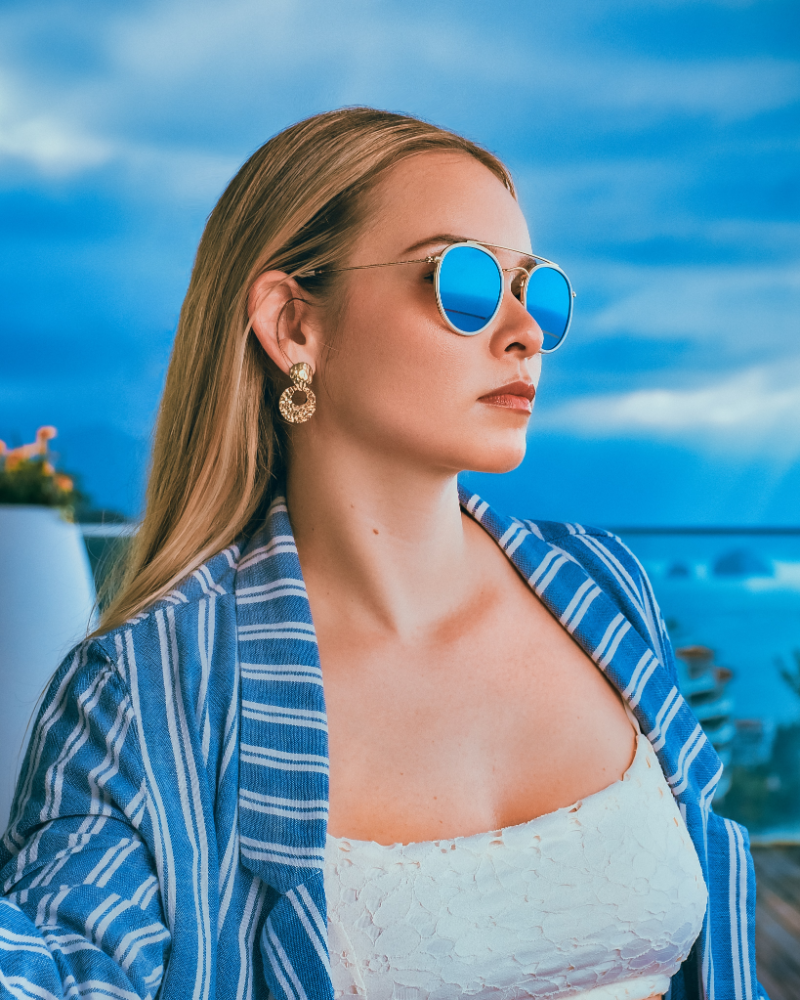
2. Ditch Smoking and Vaping for Good
I have to be blunt here: smoking is an absolute disaster for your skin. It constricts your blood vessels, starving your skin of the oxygen and nutrients it needs to repair itself. It also creates a storm of free radicals that destroy collagen. No cream in the world, no matter how expensive, can counteract that kind of daily damage.
3. Tweak Your Sleep Habits
Ever wake up with sheet creases on your face? If you’re a stomach or side sleeper, you’re pressing your face into a cotton pillowcase for hours, creating friction and compression that can eventually become permanent lines. The best position is on your back. If that feels impossible, switch to a silk or satin pillowcase. They let your skin glide, reducing that nightly stress. You can find one online or at stores like Target for about $20-$50—a small price for a simple, effective change.
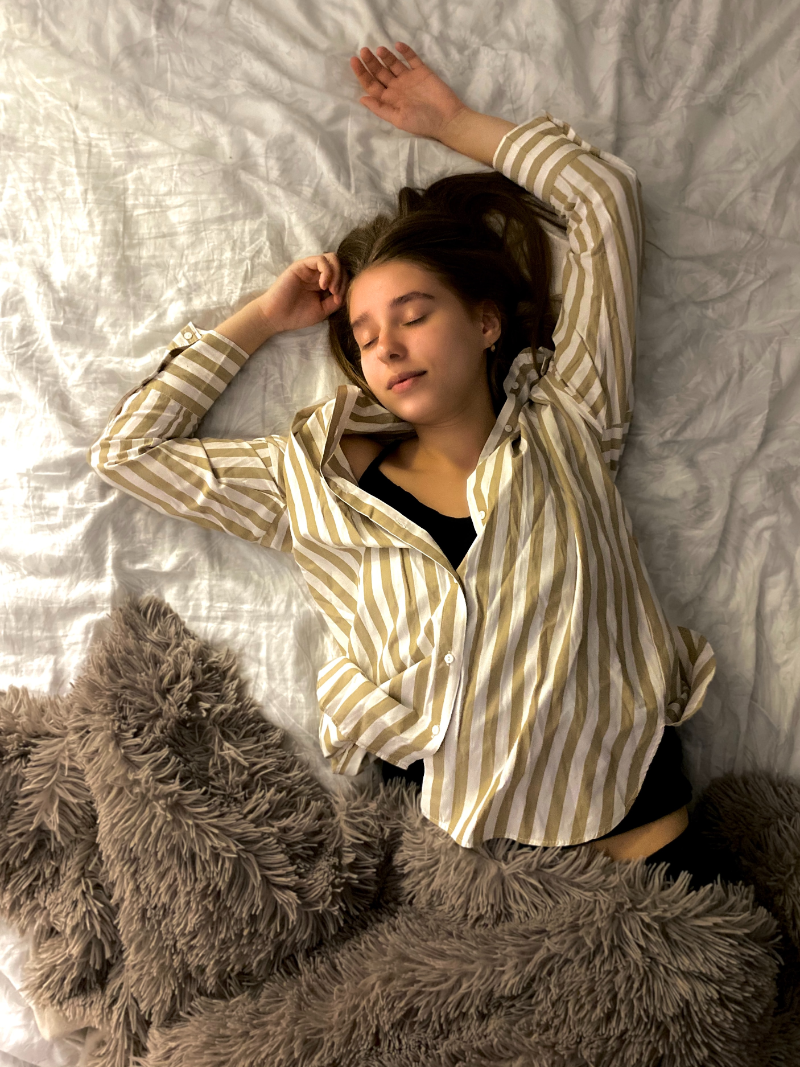
The world of skincare is a crowded, confusing place. A good routine isn’t about having more products; it’s about using the right ones consistently. Less is often more.
First, stop using harsh, stripping cleansers. If your face feels “squeaky clean,” you’ve probably stripped its protective barrier. Go for a gentle cream, milk, or oil cleanser instead. And when it comes to eye cream, here’s the big question: Do you really need a separate one? While you can bring your face moisturizer up, eye creams are specifically formulated and tested to be less irritating for that super-delicate skin. For many, it’s a worthwhile step.
A good eye cream will have:
- Humectants like hyaluronic acid to pull in moisture.
- Emollients like ceramides and squalane to smooth the skin’s surface.
- Occlusives like dimethicone to seal that moisture in.
For a little extra power, look for peptides (look for names like Matrixyl on the label), which signal your skin to build more collagen, or antioxidants like Vitamin C and Niacinamide to fight off environmental damage.
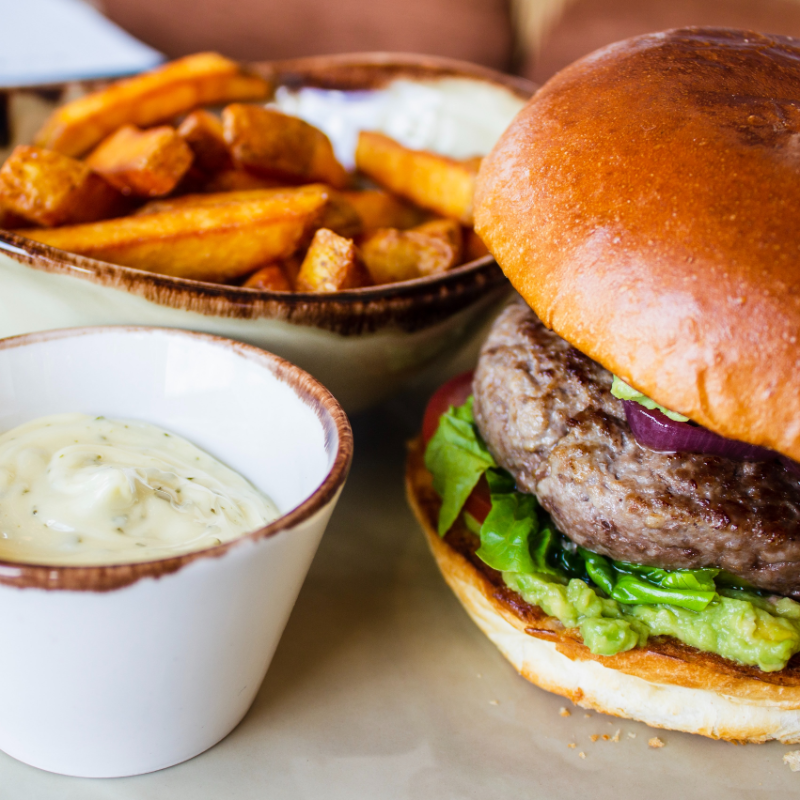
Quick Tip: The easiest habit to build is the one you can’t miss. Move your eye cream and put it right next to your toothbrush. You’ll see it every morning and night, making it almost automatic.
The Next Level: Using Retinoids Safely
Retinoids are the heavy hitters of anti-aging. They speed up cell turnover and kickstart collagen production. But you have to use them with respect, especially around the eyes. Always start with a retinol product made specifically for the eye area, as it will be a lower, gentler concentration.
Introduce it slowly—maybe just twice a week at night. To avoid irritation, try the “sandwich method”: apply a simple moisturizer, wait a few minutes, apply your retinoid eye cream, wait again, and then seal it with another layer of moisturizer. And be patient! You might notice some subtle changes in 3-4 months, but the real collagen-boosting results can take 6 months to a year of consistent use.

When to Call in the Pros: In-Office Treatments
There’s a point where topicals hit their limit, especially for deeper, static lines. This is when professional procedures can make a big difference. But let’s get real about what they do and what they cost.
First, a little myth-busting. Myth: The most expensive treatment is always the best one. Fact: The best treatment is the one that correctly targets your specific issue. Here’s a quick rundown:
- For dynamic lines (crow’s feet): The gold standard is a neuromodulator (you’ve probably heard of the most famous brand). It works by relaxing the muscle that causes the wrinkle. It’s not about freezing your face; a skilled injector uses micro-doses to soften lines while preserving natural expression. Heads up: This is where you don’t bargain hunt. Go to a board-certified, experienced professional. Results last 3-4 months, and the cost to treat crow’s feet is typically in the $250 to $600 range per session, depending on your location and how much you need.
- For under-eye hollows and shadows: This is where dermal fillers come in. They are used to restore lost volume in the tear trough area, not to fill crow’s feet. This is an advanced technique that requires a true expert. Expect the cost to start around $700 to $1,500+ per session.
- For overall skin texture and firmness: This is the realm of collagen-stimulating treatments. Microneedling creates tiny micro-injuries to kickstart collagen, often costing $200 to $700 per session with just a day or two of redness. Radiofrequency uses heat to do a similar job with little to no downtime. Deeper resurfacing lasers are a bigger commitment, potentially costing $1,000+ and requiring a week or more of downtime, but they can deliver dramatic results for texture and fine lines.
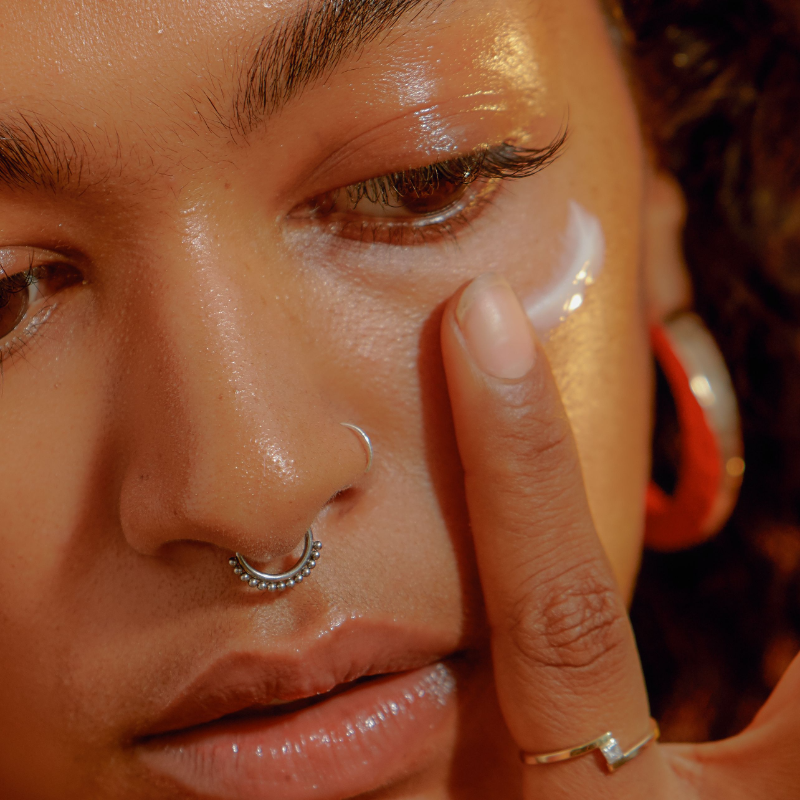
Your Quick-Start Plan & Final Thoughts
Feeling overwhelmed? Don’t be. You can build a fantastic foundational routine for less than you might think. Your beginner’s shopping list could look something like this:
- Gentle Cleanser: $10 – $20
- Mineral Sunscreen: $15 – $40
- Basic Hydrating Eye Cream: $15 – $30
- Silk or Satin Pillowcase: $20 – $50
See? You can get started for well under $100. The key is consistency. The changes didn’t appear overnight, and improvement will also take time. A face without a single line is a face without a history. The real goal is to have skin that looks and feels healthy and vibrant. If you’re really concerned, nothing beats a one-on-one chat with a qualified pro who can help you build a plan that’s safe and perfect for you.
Inspirational Gallery

Can sunglasses really prevent wrinkles?
Absolutely. Think of them as your first line of defense. Repetitive squinting against bright light etches dynamic lines (crow’s feet) into the delicate skin around your eyes. A good pair of sunglasses with 100% UVA/UVB protection, like those from Ray-Ban or Warby Parker, creates a physical barrier that not only protects your eyes but also forces the surrounding muscles to relax. By minimizing squinting, you significantly slow down the formation of these expression lines, making sunglasses a crucial—and stylish—part of your daily skincare routine.










